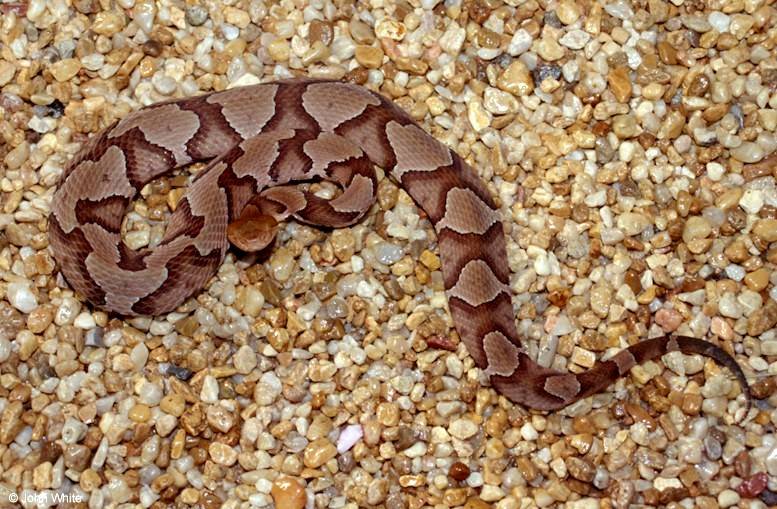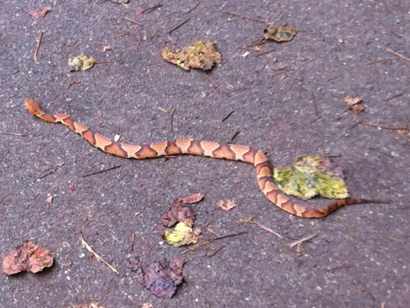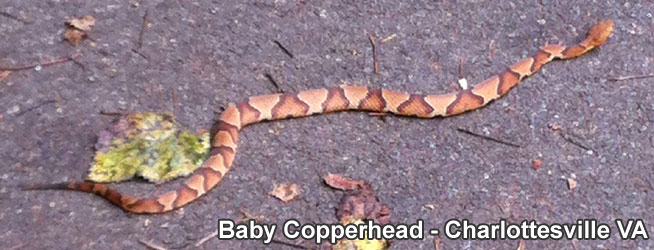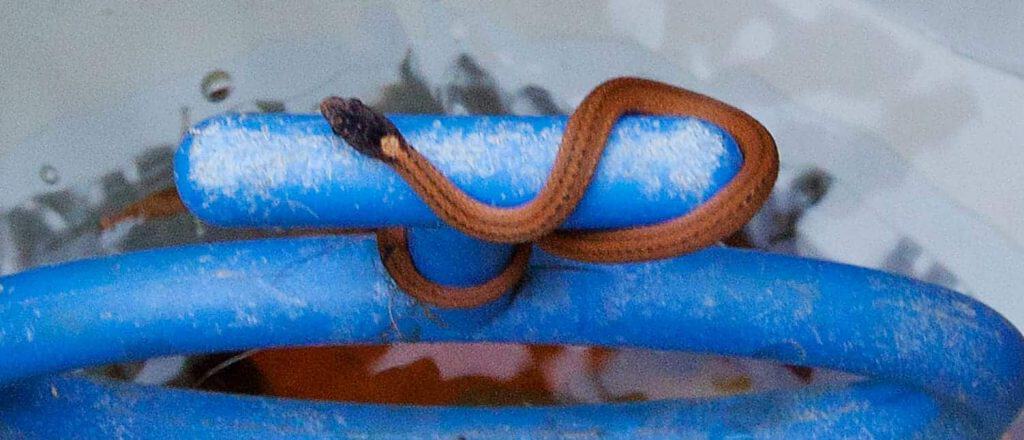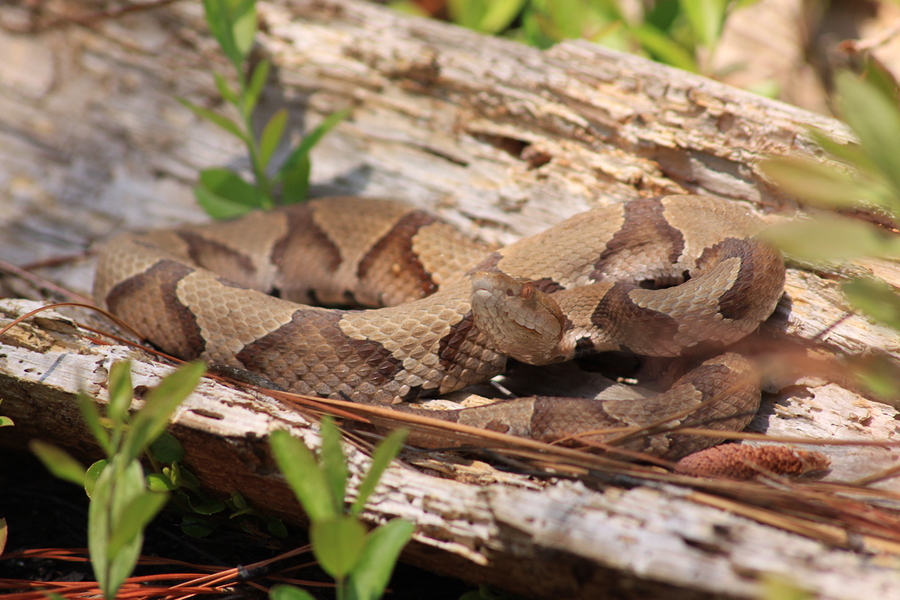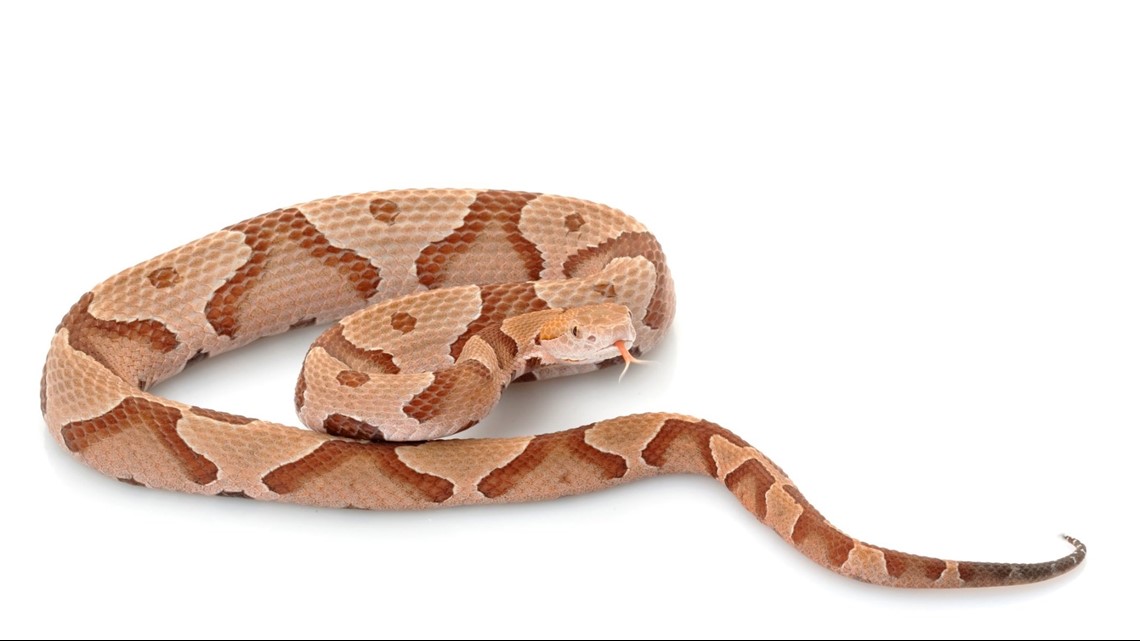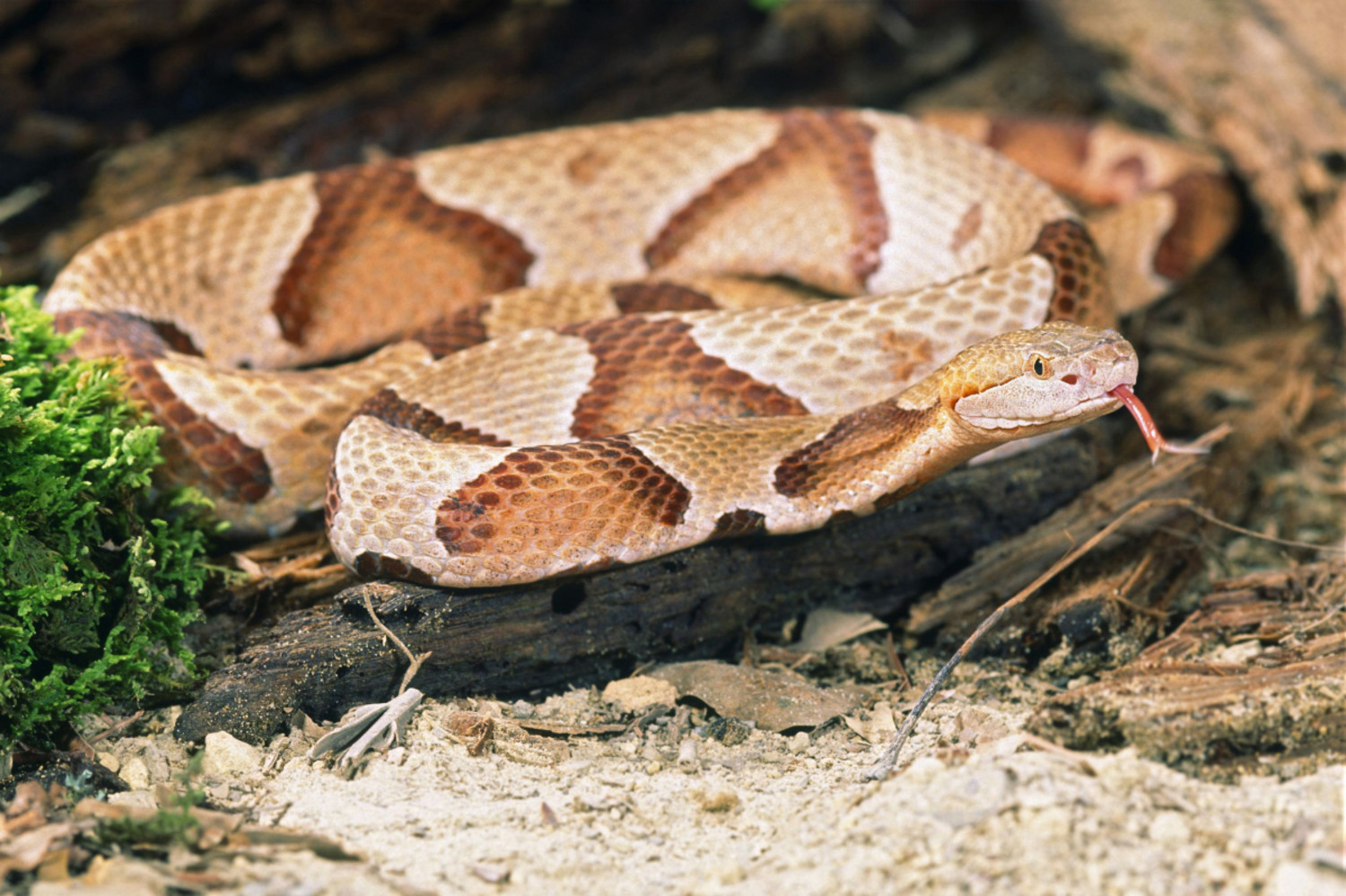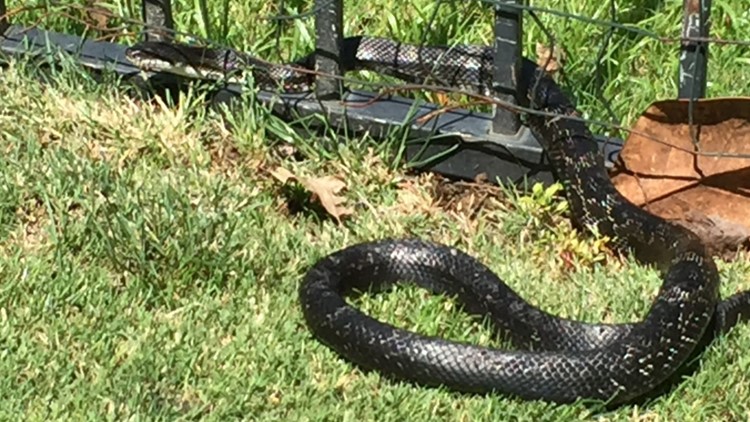Copperhead Water Moccasin Copperhead King Snake Georgia
Both snakes are pit vipers sporting heat sensing pits in their faces that alert them to the presence of both predators.

Copperhead water moccasin copperhead king snake georgia. The cottonmouth and copperhead and showing you the differences between these two snakes. These species are also two of the most feared species because of a reputation for being quite an aggressive species and the ability to deliver a dangerous. There are five sub species of copperhead 3 are in georgia.
The copperhead agkistrodon contortrix and the cottonmouth agkistrodon piscivorus are snakes that are quite remarkable in their ability to swim in the water and is also two of the most commonly misidentified snakes in the united states. Some references make much of the fact that a copperheads head is arrow shaped or more broad than the non venomous water snakes. However milk snakes and scarlet king snakes have red black yellow or white patterns.
They can be found all over georgia except some southern counties bordering florida. This is the only venomous snake in the georgia that isn. The copperhead agkistrodon contortrix is by far the most wide spread venomous snake of georgia and the us.
Mothballs limes snake. In certain parts of the country especially the south you could encounter both the copperhead agkistrodon contortrix and the cottonmouth a. Coral snakes belong to the elapids family of snakes which includes some of the deadliest snakes in the world such as cobras and mambas.
Since many share overlapping territories they will often cross breed. And the pupils of the eye are slit shaped in the copperhead as opposed to. And while you cant really prevent snakes from wondering through when you live in georgia there are ways to minimize how many take up residence around your home.
The longest king snake in georgia is the eastern king snake which reaches 4 feet long. Humans mistake milk snakes and scarlet king snakes for eastern corals because of their similar skin patterns. Northern water snakes can vary in their coloration some more red than brown some very dark some very dull but the pattern is the same.
Juvenile and patterned adult water moccasins have hollow bands that are widest on the sides and appear to be hourglass shaped when viewed from above. Piscivorus often referred to as the water moccasin.




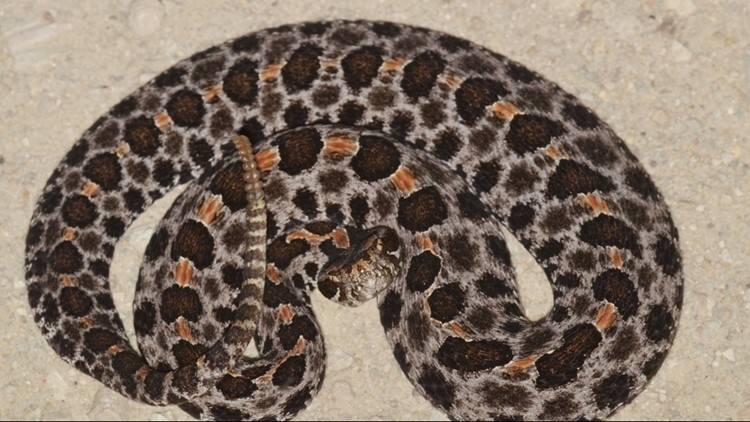

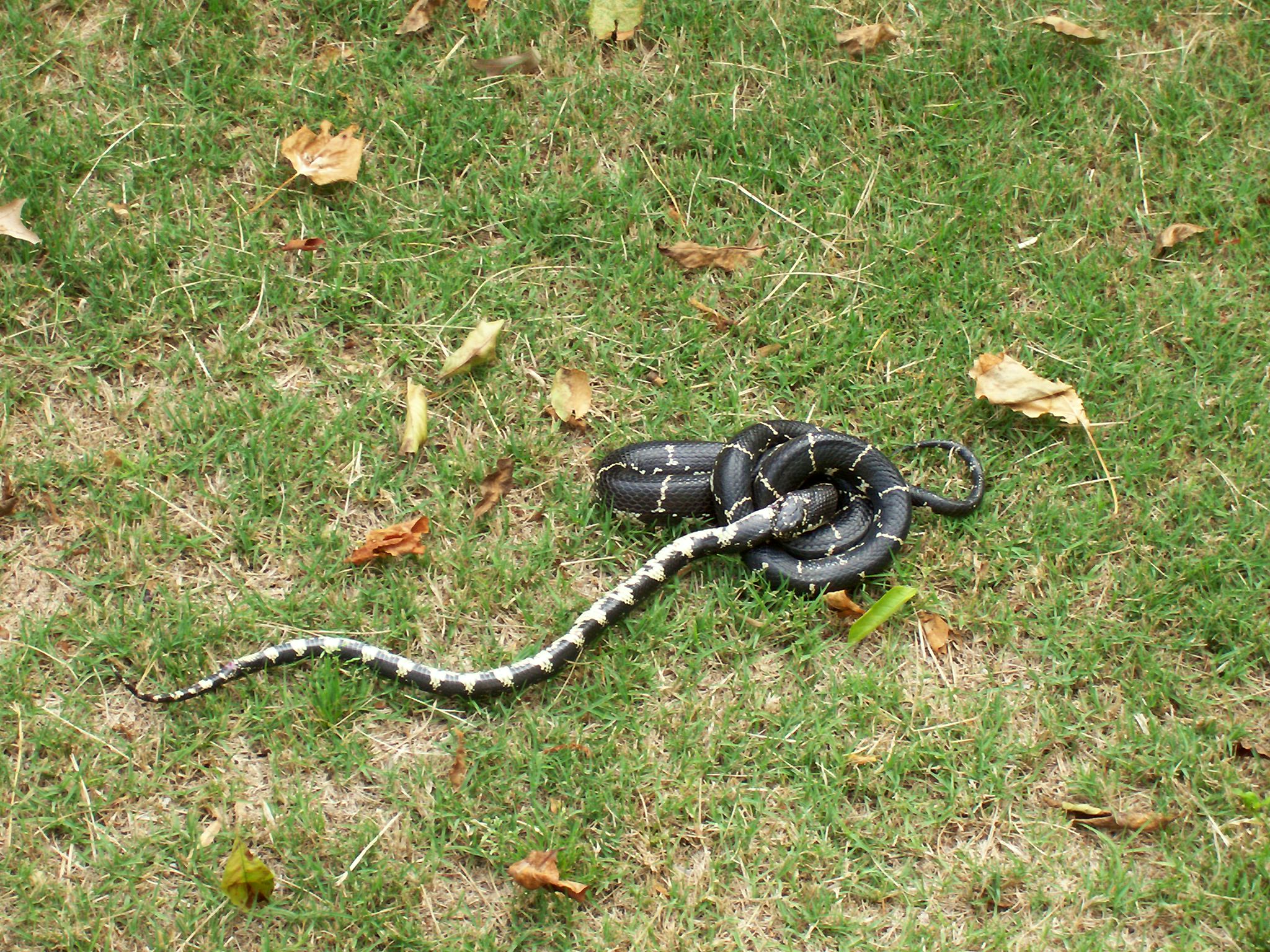

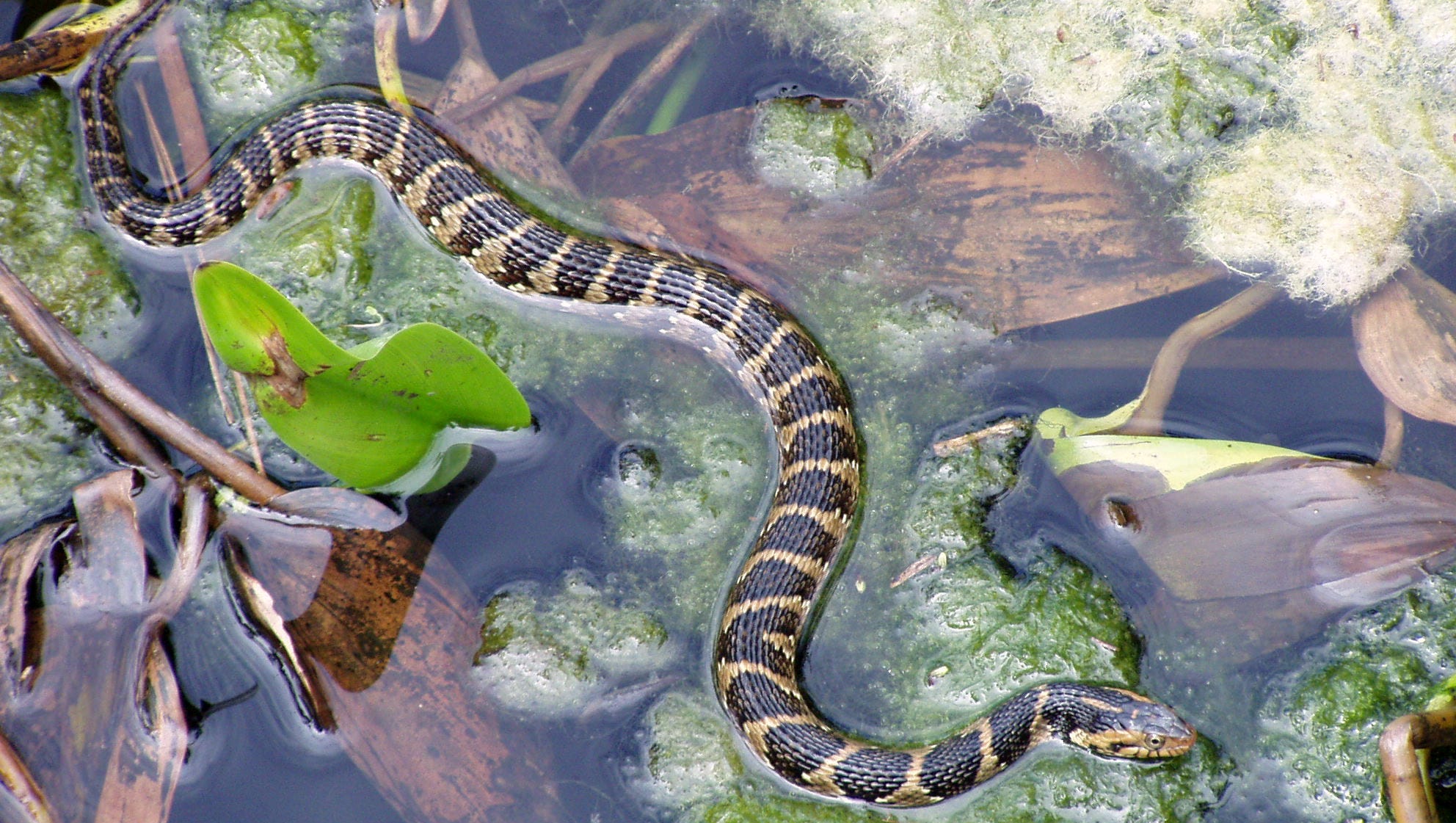


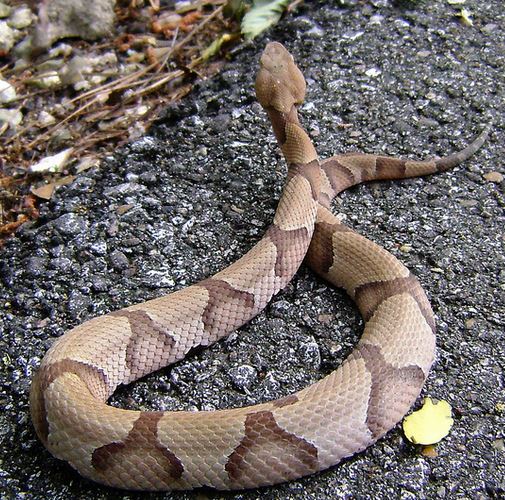

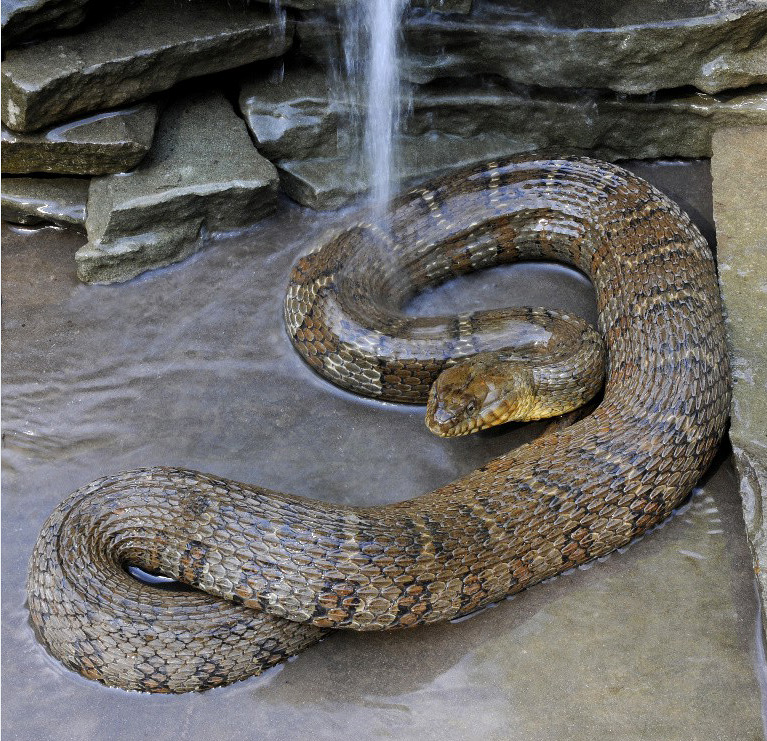





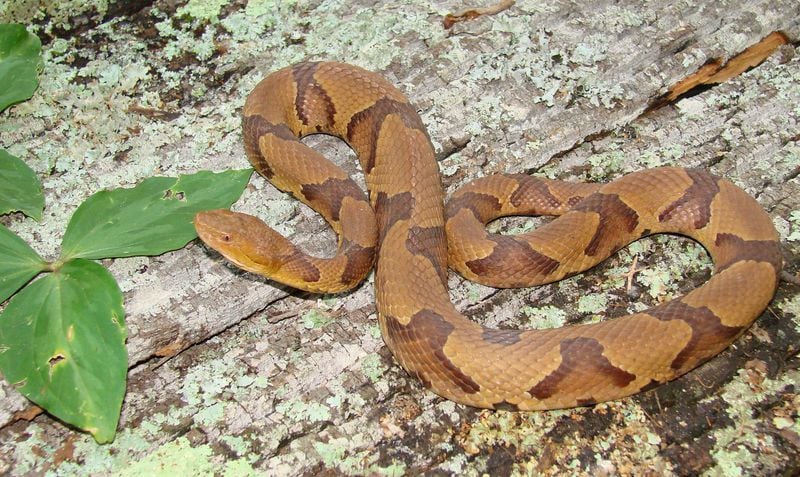
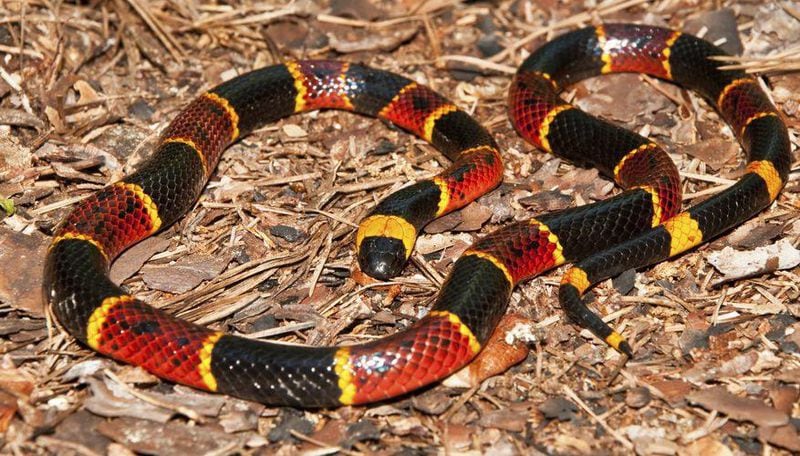

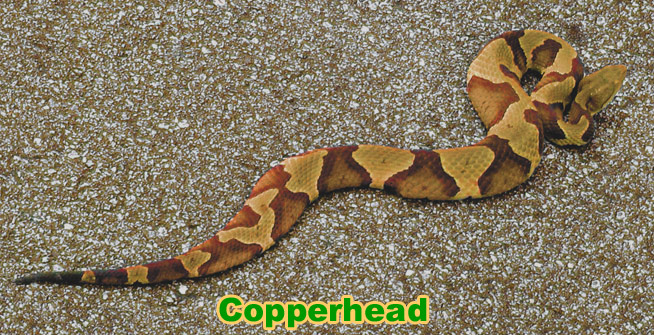


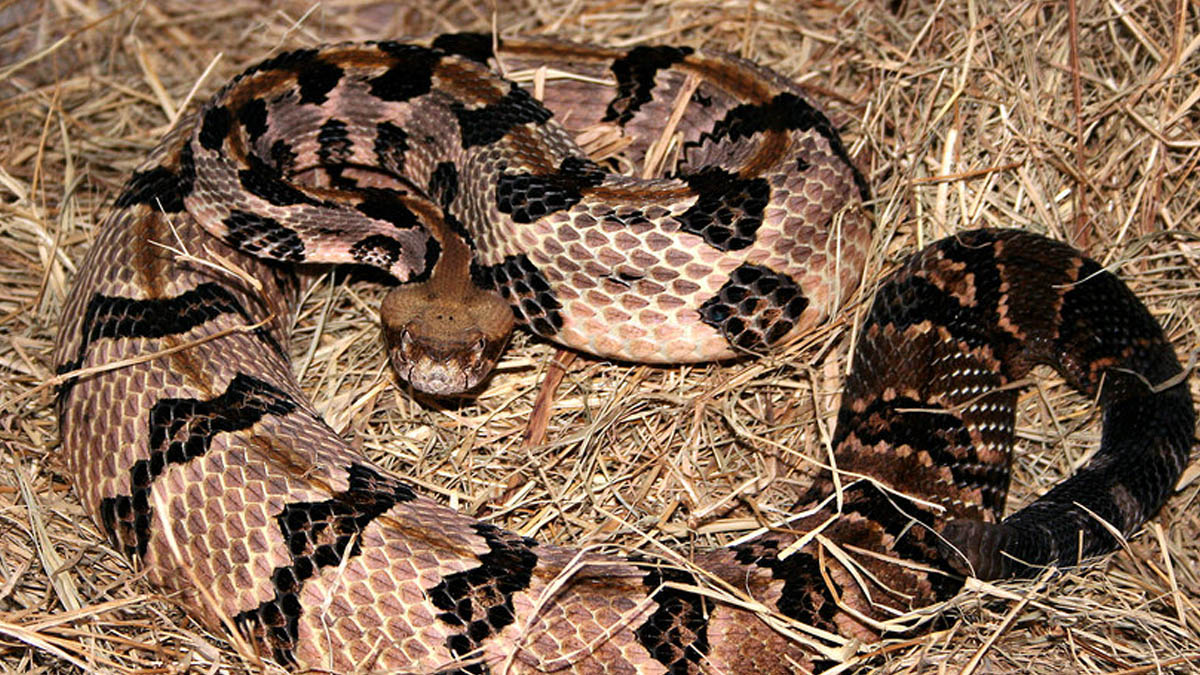

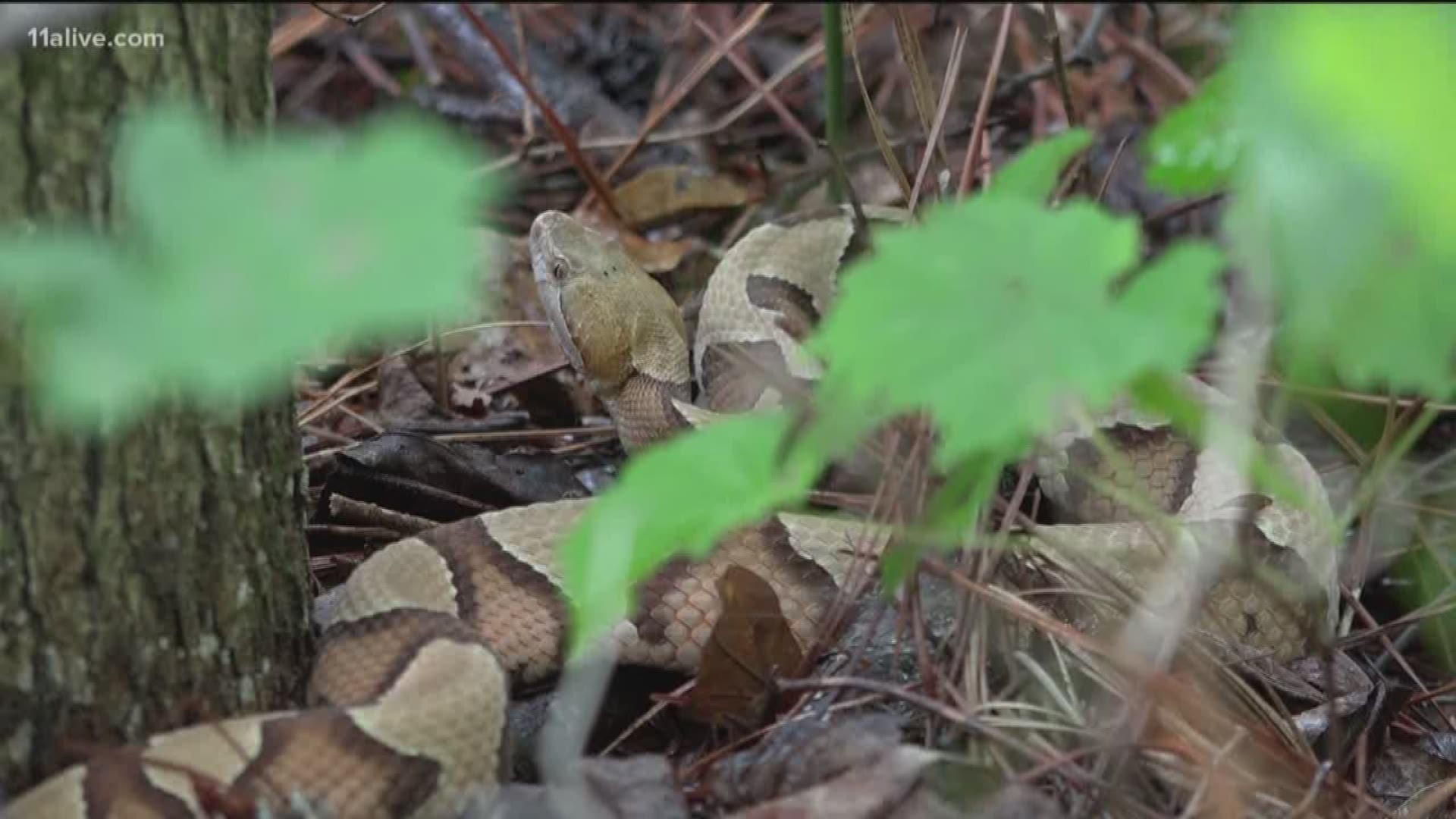





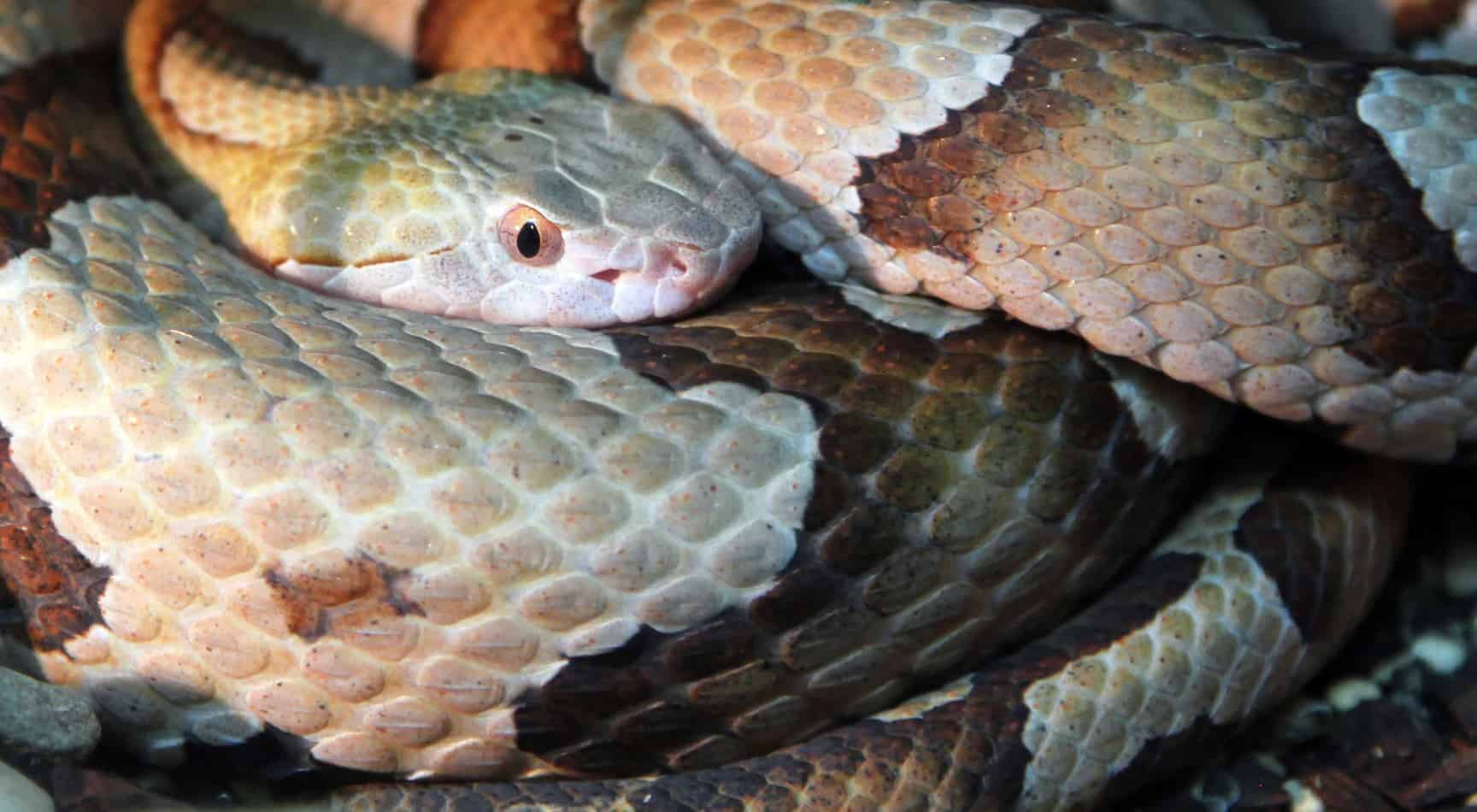

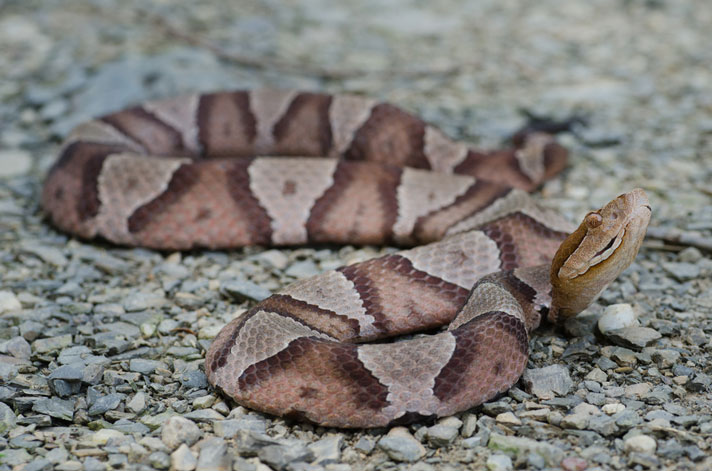
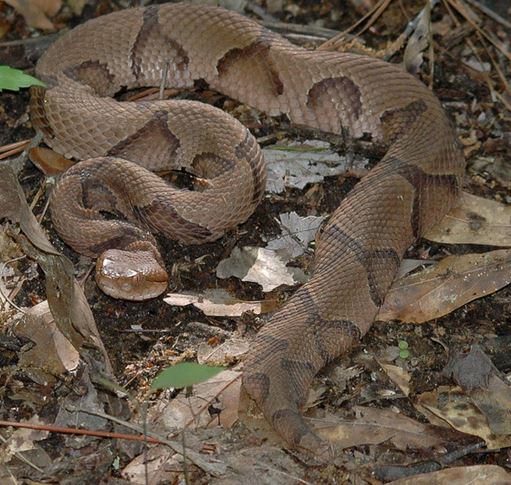




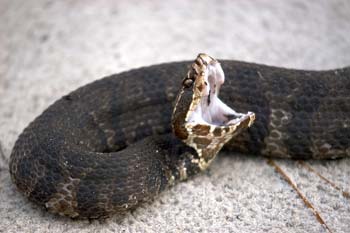


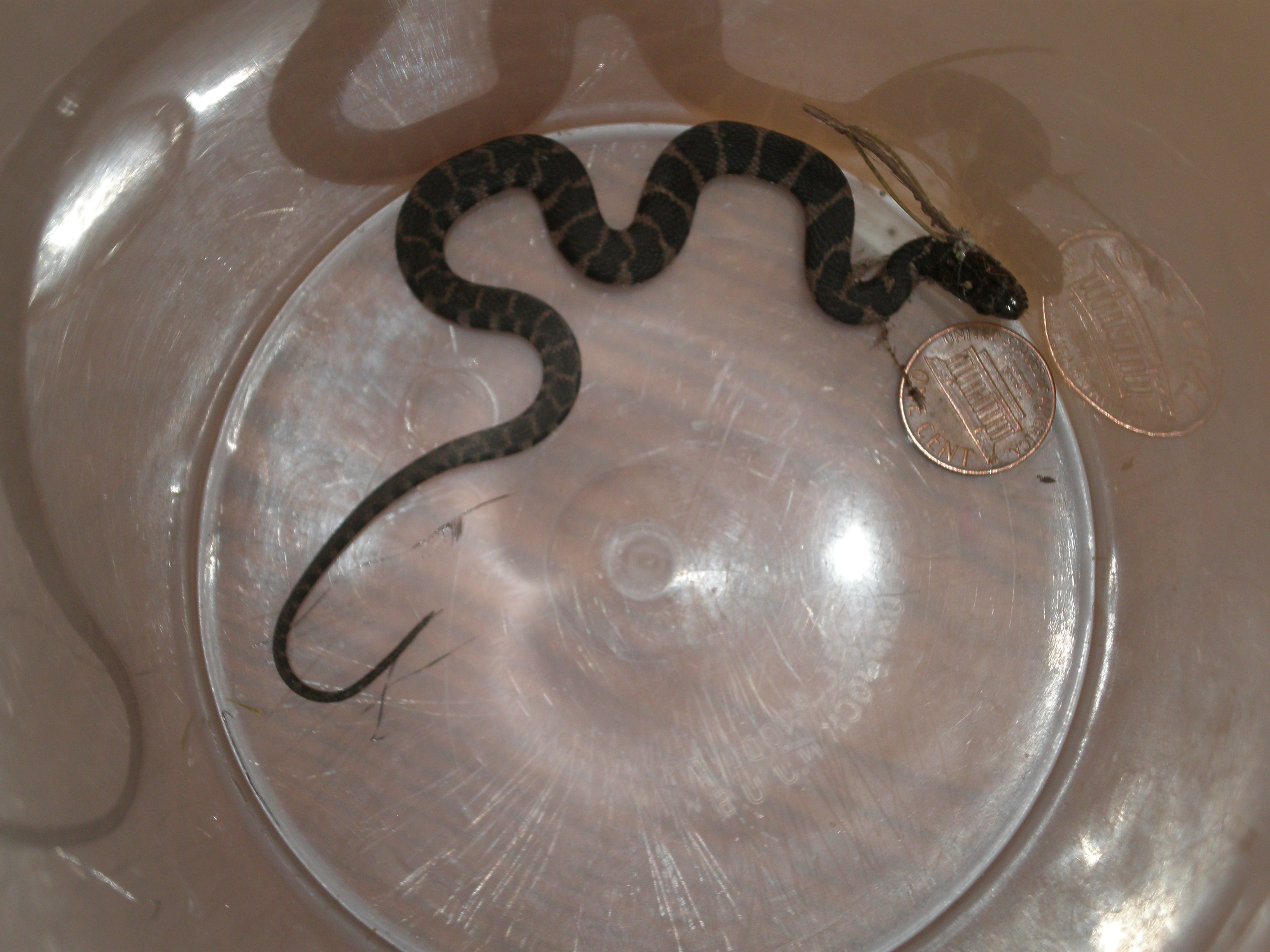






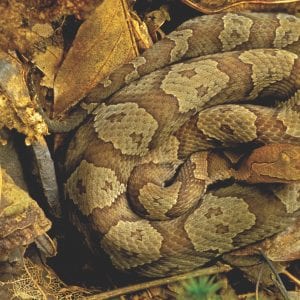



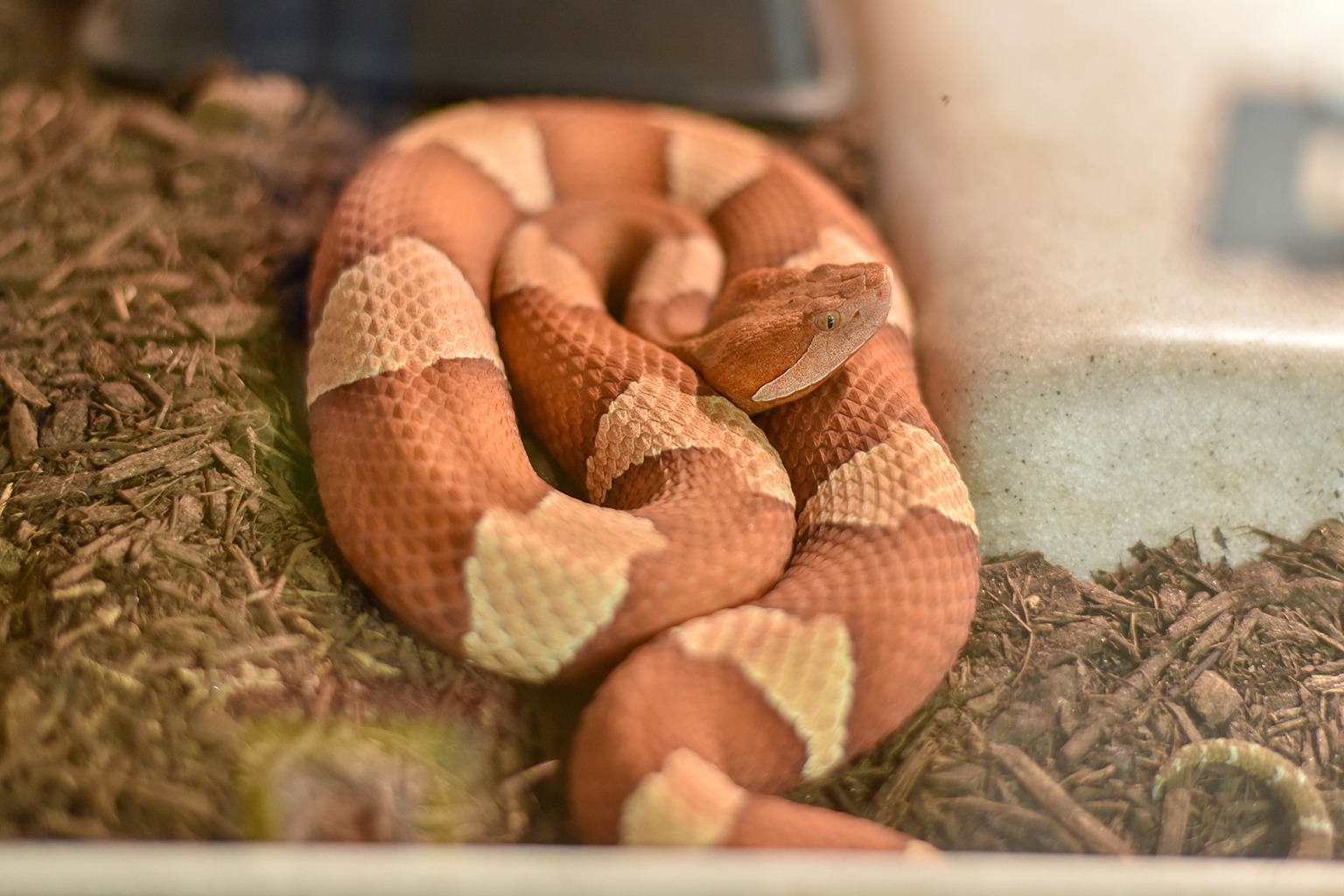
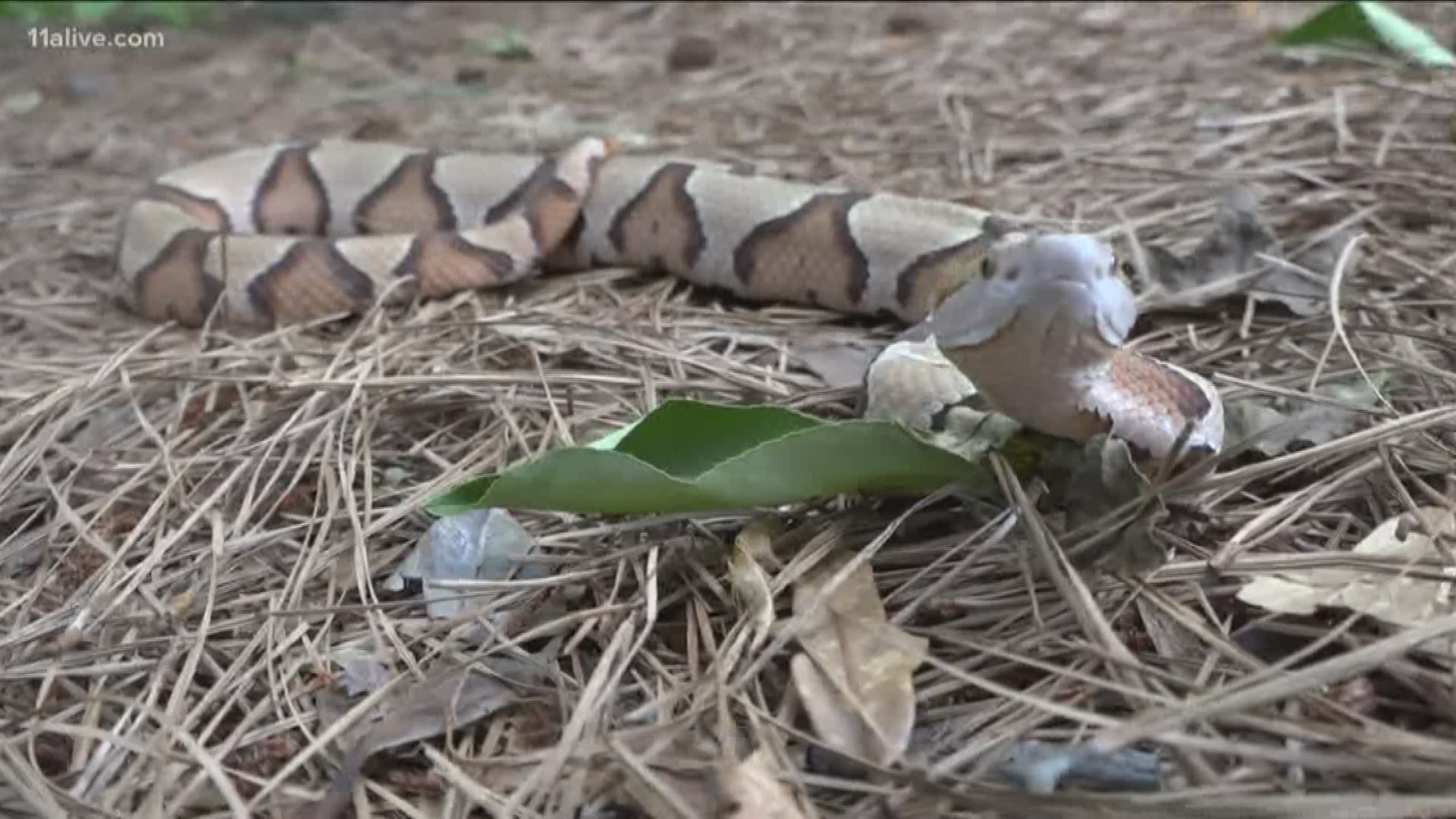
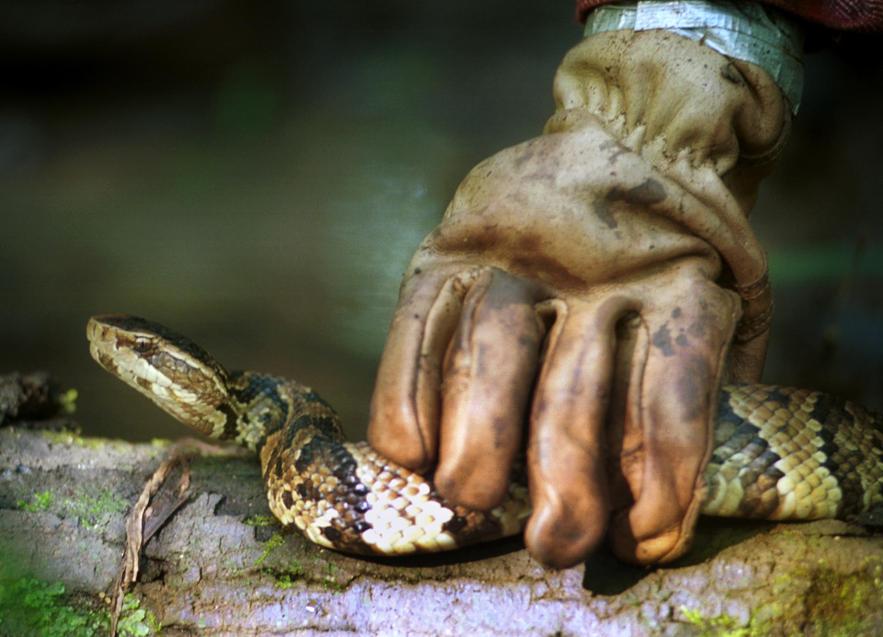

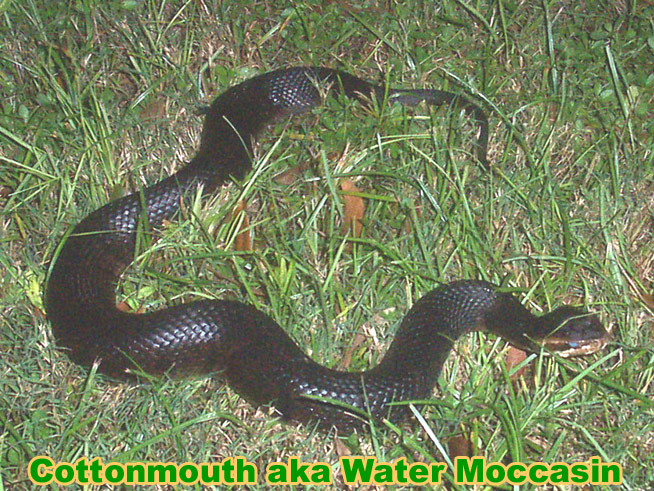
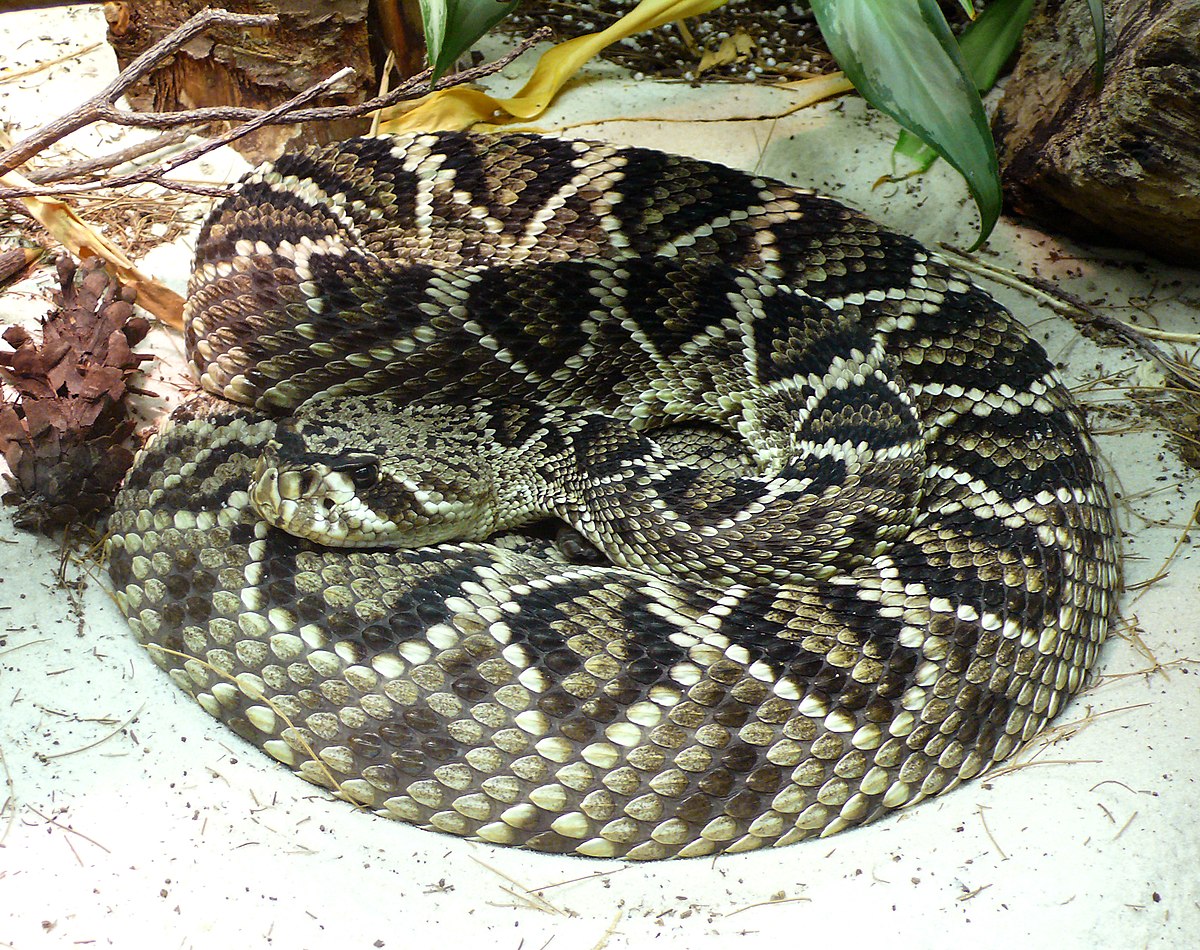
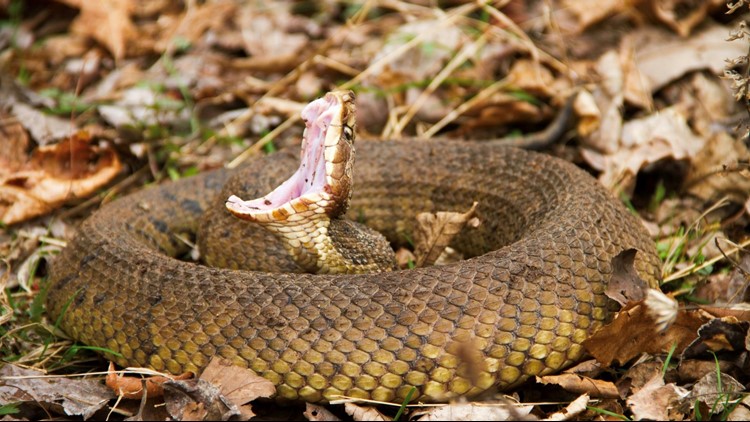

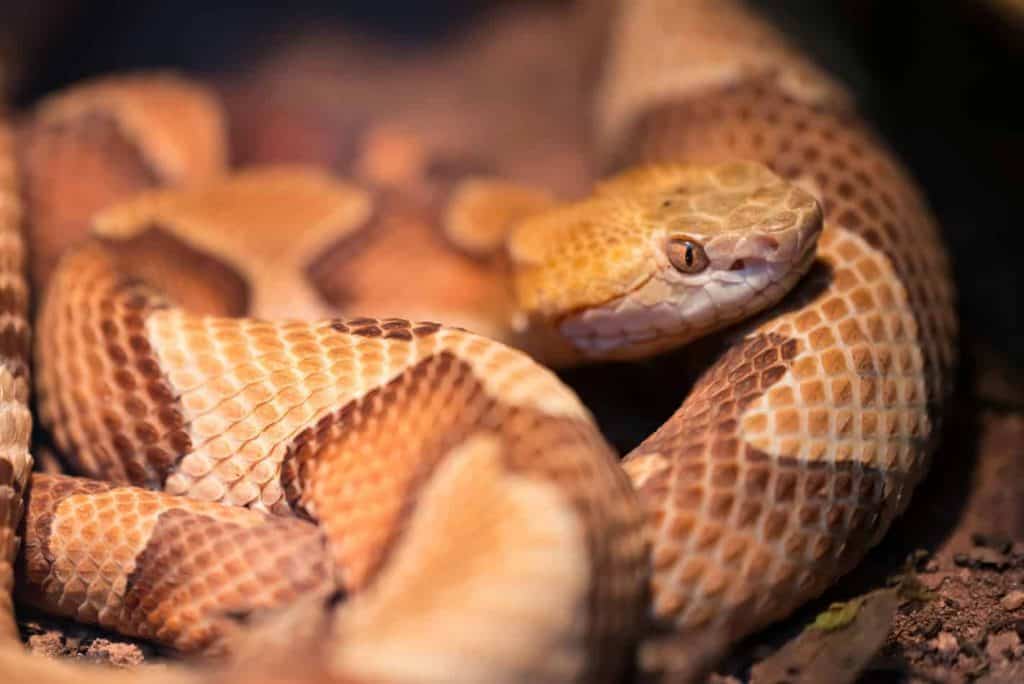




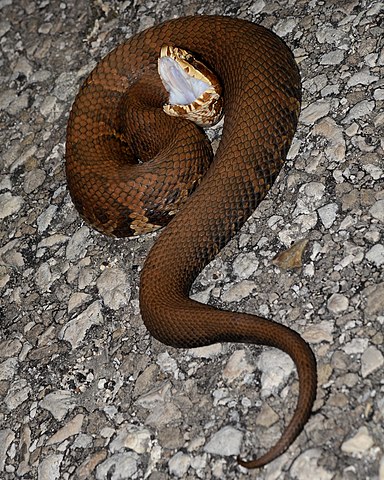

/copperhead-5b539ba246e0fb0037fea717.jpg)



